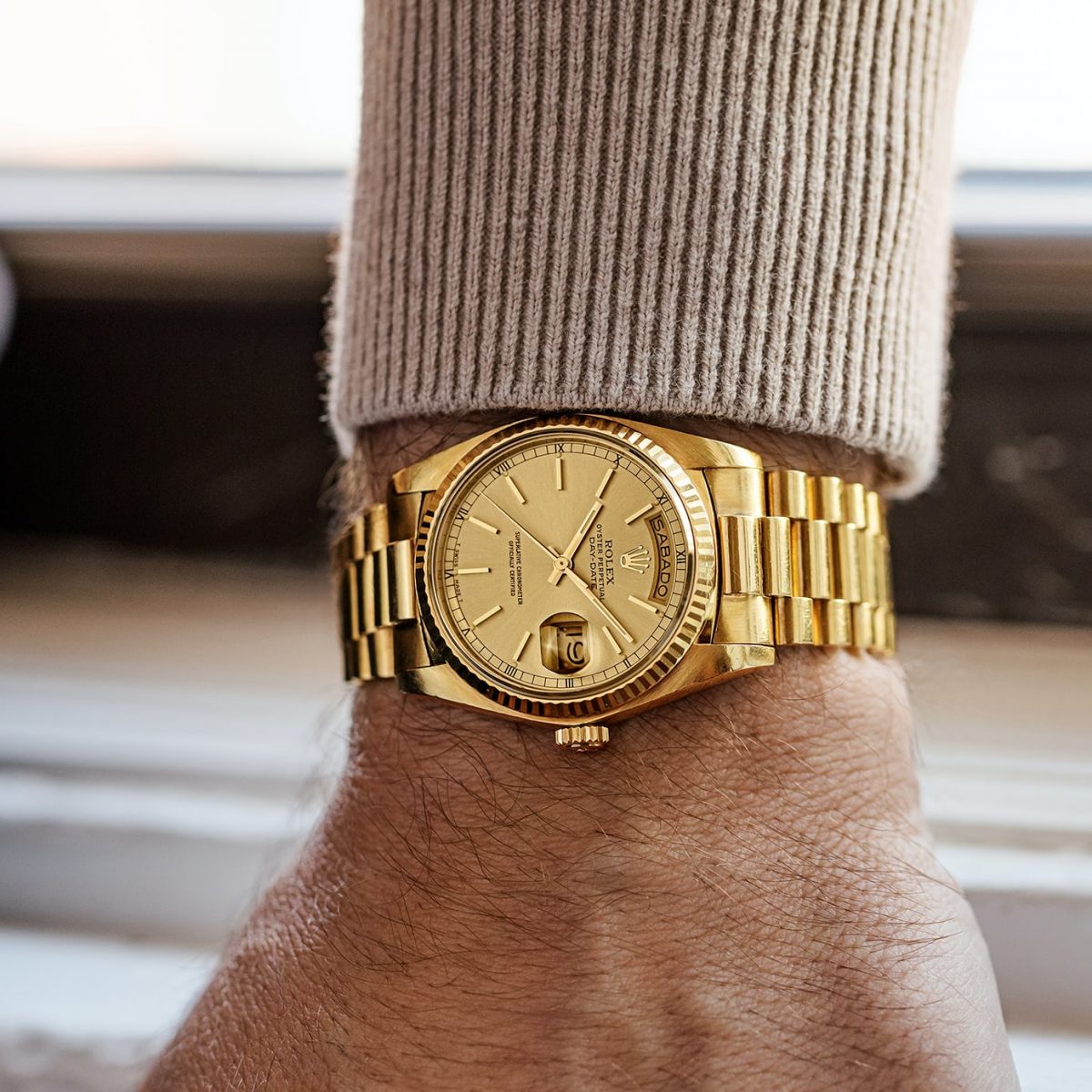When it comes to luxury items, few possess the allure, history, and prestige of timepieces. The luxury watch market, much like the intricacies of the mechanisms that tick within the watches themselves, is a complex entity, experiencing its highs and lows. But what causes these fluctuations? And why are an increasing number of people turning to watches as investments? Let’s wind back the hands of time and explore.
1. The Ever-Changing Tide of Economy:
Just like any market, the luxury watch sector isn't immune to global economic changes. Economic downturns often see a decline in non-essential luxury purchases, leading to a dip in watch sales. Conversely, during economic booms, the appetite for luxury goods, including high-end watches, sees a significant uptick.
2. Technological Shifts:
The introduction of smartwatches and other wearable tech created ripples in the traditional watch market. While many predicted the demise of traditional watches, luxury timepieces have held their ground, emphasizing their timeless value and craftsmanship over transient tech trends.
3. Watches as a Status Symbol:
Throughout history, luxury watches have been more than just timekeepers; they've been symbols of status, wealth, and taste. As long as societal value is placed on these symbols, there will always be a market for luxury watches, regardless of technological or economic changes.
4. The Investment Angle:
In recent years, the notion of watches as investments has gained traction. Certain models from renowned brands like Rolex, Patek Philippe, and Audemars Piguet have not only retained their value but, in some cases, appreciated significantly. This has led both seasoned investors and watch enthusiasts to view timepieces as tangible assets, much like art or real estate.
5. Limited Editions and Scarcity:
Brands often release limited edition models or produce watches in restricted numbers, creating a sense of scarcity. This rarity, combined with demand, can drive up prices in both primary and secondary markets, leading to heightened interest and investment potential.
6. The Role of Social Media and Influencers:
The digital age, particularly the rise of social media, has introduced watches to a younger, more diverse audience. Influencers sporting luxury watches, coupled with online platforms dedicated to horology, have democratized knowledge and fueled interest, leading to peaks in market demand.
7. Vintage and Collector's Markets:
Vintage watches, particularly those with provenance or unique stories, have seen a surge in demand. Auction houses regularly break records selling vintage timepieces to collectors, emphasizing watches' enduring value and appeal.
While the luxury watch market, like any other, is susceptible to peaks and troughs, its resilience lies in its unique blend of craftsmanship, history, and societal value. As watches continue to be seen as both treasured possessions and savvy investments, it's clear that the allure of the luxury timepiece is timeless. For those with an eye for value and an appreciation for craftsmanship, the luxury watch market offers opportunities that few other sectors can match.



1 comment
Please do not hesitate to email me for further details.